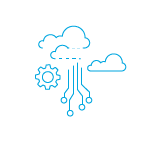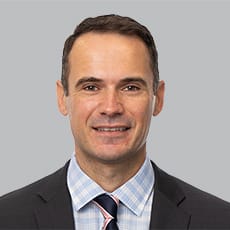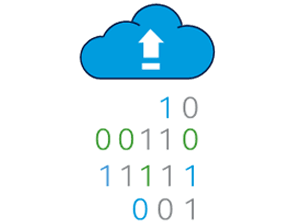The world is changing, fast.
Customers are increasingly expecting a customised experience based on personalisation. Competition is growing - both the quantity and quality.
At the same time, Governments and regulators are demanding faster and more accurate reports. Data analytics is simply the process of using data to develop a better understanding of various aspects of your organisation. 
In this day and age, the most important answers to your complex business challenges could be hiding in your data. When there’s a lot of data, it’s known as big data.
It is those companies and data scientists who can make sense of the vast quantities of information at their disposal that are coming out on top.
In today’s digital environment, many businesses are collecting a lot of data but its potential remains untapped.
Our data analysts can focus on linking analytics directly to decision making, taking the necessary actions, and measuring the outcome in order to deliver incremental value to your business.









